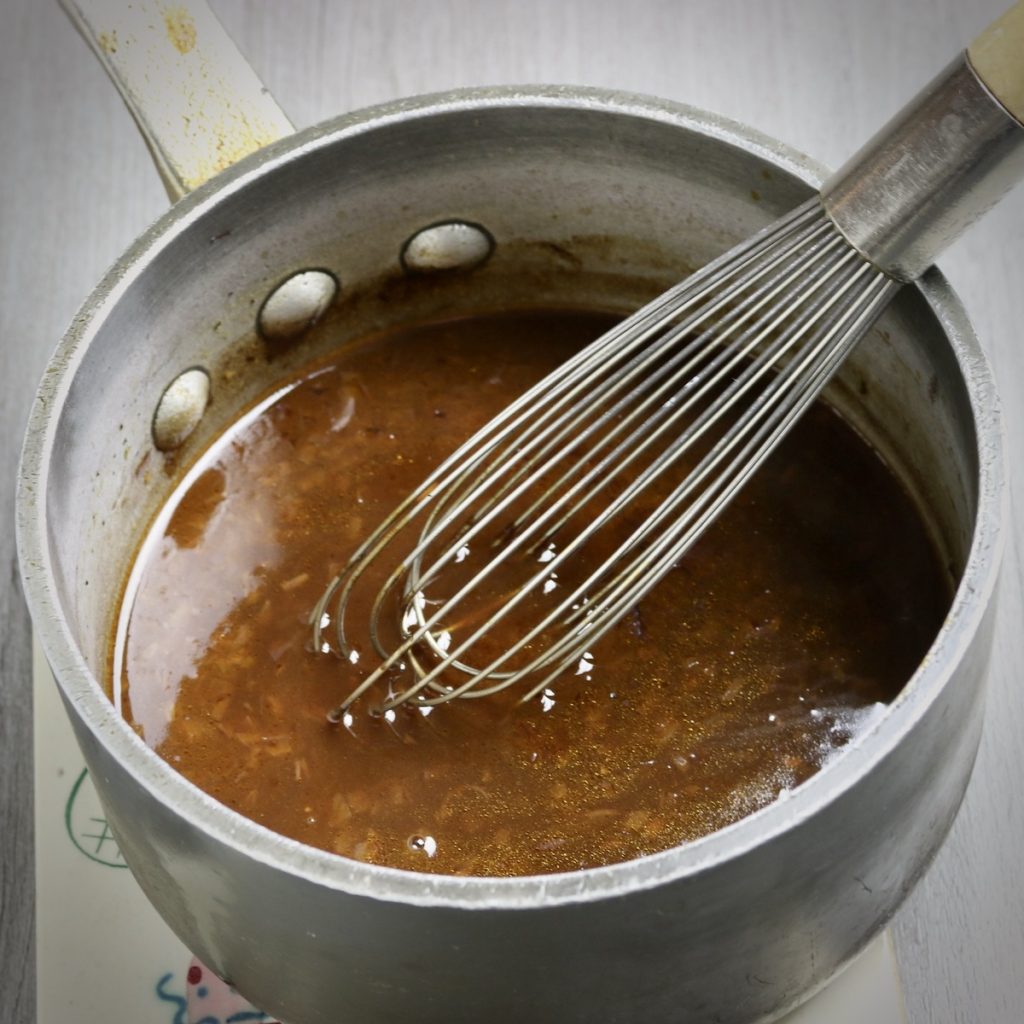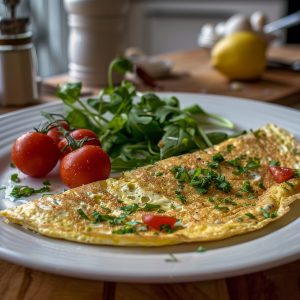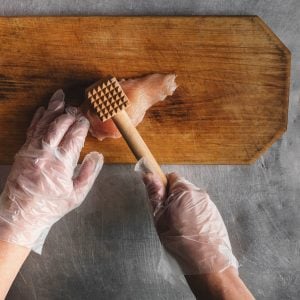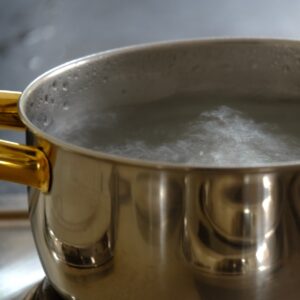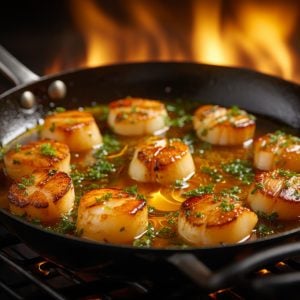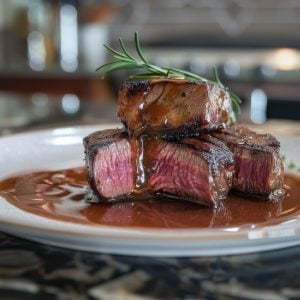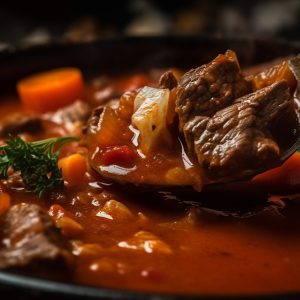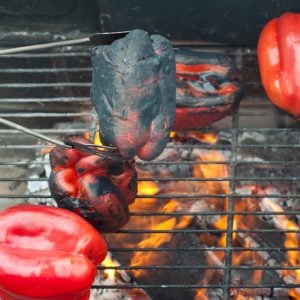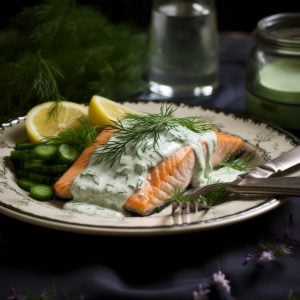A Glossary of Terms for Preparing Sauces
Sauces elevate dishes and add layers of flavor. Knowing the correct sauce terms makes it easier and more enjoyable. Whether you’re whisking up a roux or reducing a stock, understanding the language of sauces is key.
This guide will break down essential cooking terms for sauces. You’ll learn what to do when a recipe calls for deglazing or simmering. Clear definitions and examples will help you master each technique. These terms apply to both classic French sauces and simple, everyday recipes.
Sauces can intimidate home cooks, but they don’t have to. Familiarity with the basics will boost your confidence. Once you grasp the terms, you’ll approach sauce-making with ease. No more guessing what “emulsify” or “nappe” means.
Mastering these words also opens doors to creativity. When you understand techniques, you can experiment with flavors and textures. This knowledge transforms simple meals into gourmet experiences.
Keep this list handy as a reference. Use it to decode recipes and enhance your culinary skills. With practice, these terms will become second nature. Ready to start? Let’s dive into the world of sauces and unlock their secrets.
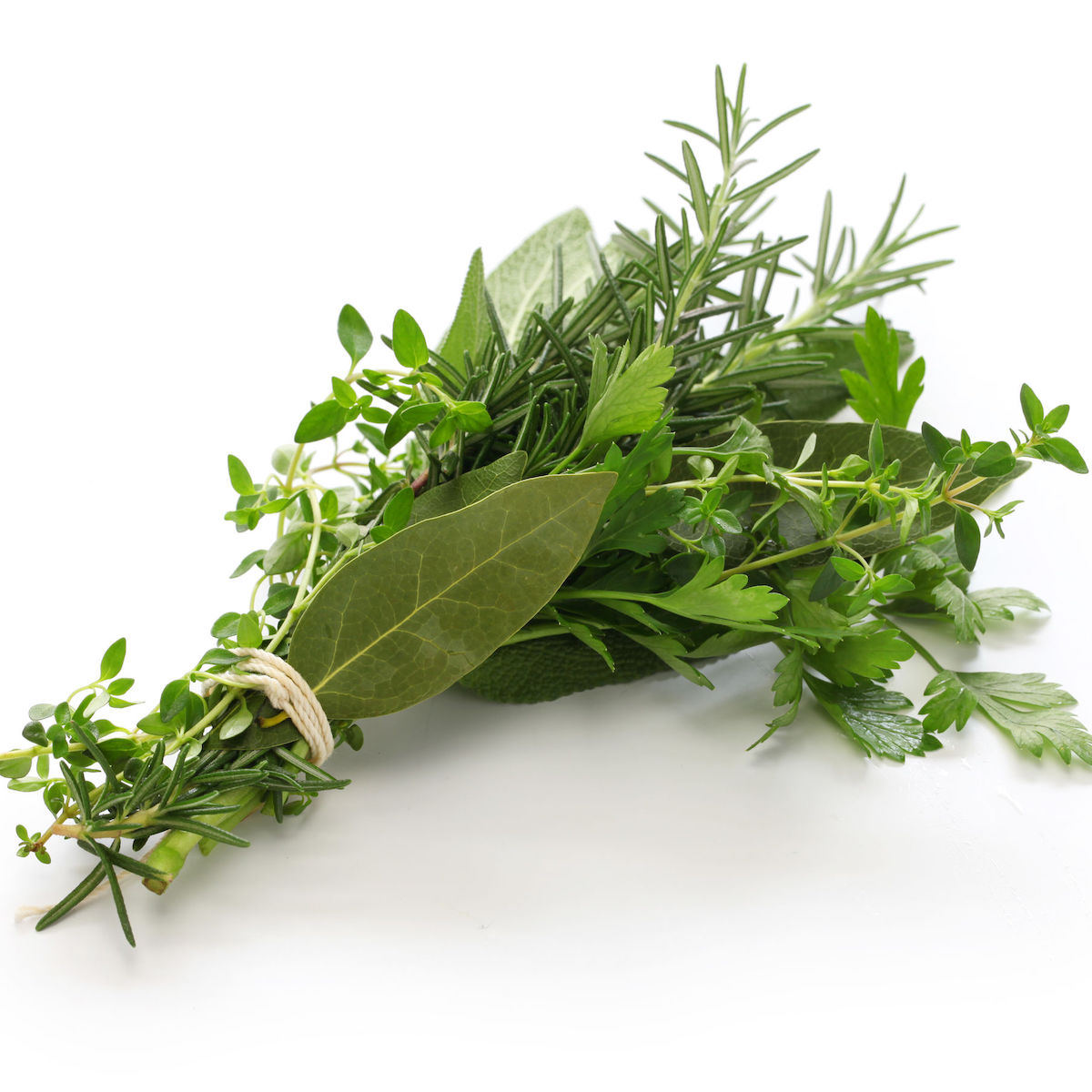
Bouquet Garni
A bouquet garni is a bundle of herbs that adds flavor to soups, stews, and sauces. Cooks tie fresh herbs with twine or place them in a sachet. This bundle infuses dishes with aromatic depth.
Common herbs in a bouquet garni include parsley, thyme, and bay leaves. Some recipes use rosemary, sage, or other herbs. You can adjust the mix based on your dish or personal taste.
Drop the bouquet garni into simmering liquids during cooking. Remove it before serving. This method adds herbal notes without extra chopping or straining.
This simple technique enhances flavor. It makes dishes more balanced and sophisticated.
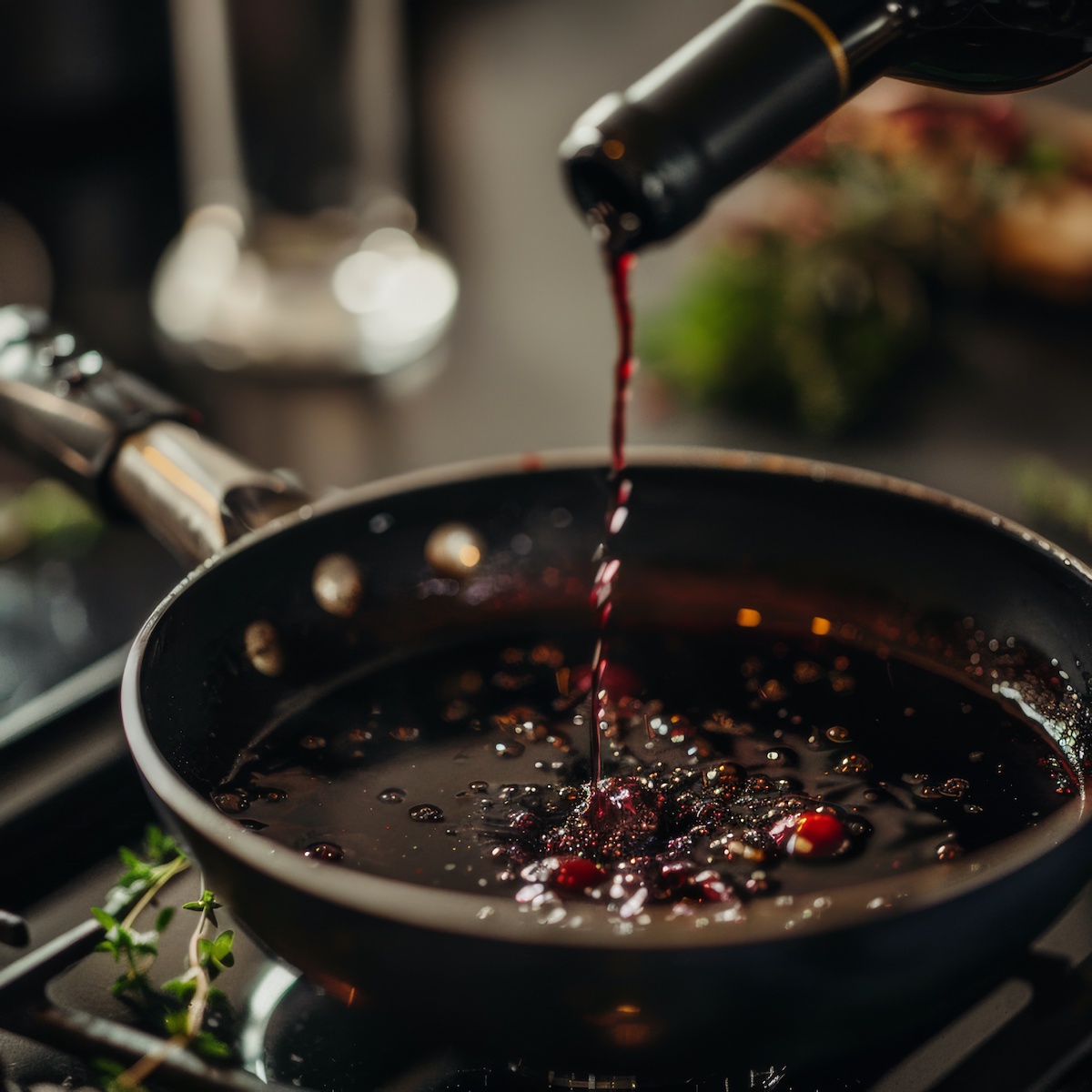
Deglaze
Deglazing extracts flavor from the pan after cooking meat, poultry, or fish. This technique loosens caramelized bits, called fond, stuck to the pan. To deglaze, add a liquid like broth, wine, vinegar, or water to the hot pan. The liquid sizzles and dissolves the browned bits, creating a base for sauces or gravies.
Timing and temperature control are key. After cooking, remove the pan from heat to prevent burning. Add a small amount of liquid and scrape the pan with a wooden spoon or whisk. This step releases the fond into the liquid. Reducing the liquid concentrates the flavors, transforming it into a rich sauce.
Deglazing works for many dishes. Use it for simple pan sauces, pasta toppings, or vegetable glazes. It adds depth and complexity to flavors while making the most of every ingredient.
Finishing with Butter (Monté au Beurre)
Monté au beurre, or “mounting with butter,” adds richness, gloss, and texture to sauces. This classic technique enhances sauces with a velvety finish. To do it, whisk cold butter into hot sauce right before serving. The butter emulsifies, creating a creamy and smooth consistency.
Start by preparing the sauce to your desired thickness and flavor. Reduce the heat or turn it off completely. Then, add cold, cubed butter a few pieces at a time. Whisk gently as the butter melts into the sauce. This step blends the butter without causing it to separate.
Monté au beurre requires careful attention to heat and timing. The mixture can break or become greasy if the sauce is too hot or the butter is added too fast. With practice, this technique gives sauces a luxurious texture and enhances the overall dish.
French cuisine often uses monté au beurre to finish sauces like béarnaise, hollandaise, or beurre blanc. However, it also works well for pan sauces or some sweet dishes. Whether you aim to elevate a classic or refine a simple recipe, this method adds sophistication and depth to your cooking.
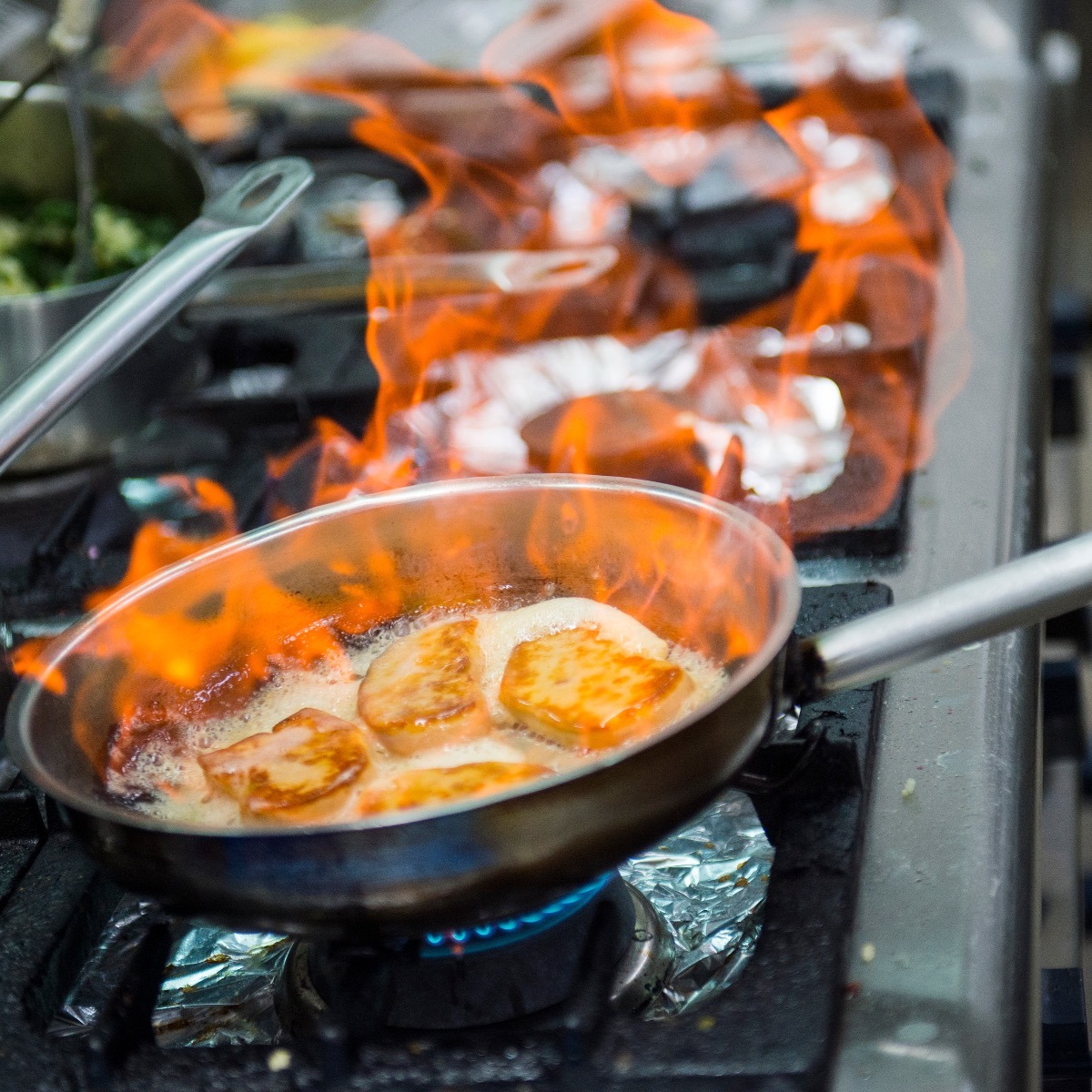
Flambé
First, be mindful that when adding alcohol to a hot pan, it can self-ignite. This is even more likely with higher-proof spirits.
Flambéing adds drama and flavor to dishes. This technique involves igniting alcohol, such as brandy, rum, or cognac, to create a burst of flames. Cooks often use it to finish meats, seafood, or desserts, adding caramelized flavor and visual flair.
To flambé, pour alcohol into a hot pan with cooked food. The heat evaporates the alcohol, forming flammable vapors. Ignite the vapors with a flame, producing a quick, intense fire. The flames burn off the harsh alcohol and leave rich, complex flavors.
Flambé requires attention and care. Work in a well-ventilated space and keep a lid nearby to smother flames if needed. When done safely, it enhances flavor and impresses your guests.
Mirepoix
Mirepoix builds flavor in many dishes. This mix of diced onions, carrots, and celery is a base for soups, stews, and sauces. Sauté the vegetables in butter or oil to release their aromas and sweetness.
This simple combination adds depth and complexity. Mirepoix is versatile and works as a foundation in countless recipes. Use it to layer flavors in dishes from French classics to everyday meals.
Reduction
Reduction is an important sauce making term. Reducing intensifies flavors. Simmer liquids like stock or sauce to evaporate water and concentrate the taste. This technique thickens sauces and creates a richer profile.
To reduce, simmer over low to medium heat. Stir occasionally and avoid high heat, which can burn the liquid. Patience ensures an ideally reduced sauce or soup.
Reduction works in everything from red wine sauces to hearty stews. Master this technique to elevate your cooking with bold, complex flavors.
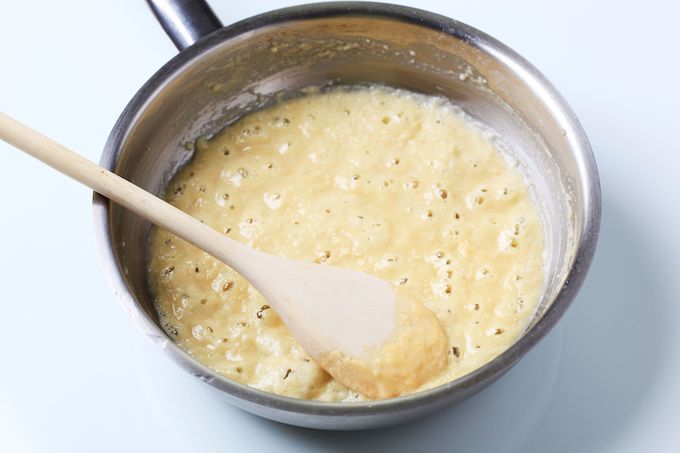
Roux
Combine equal parts fat and flour to create a thickening agent. Most often, cooks use butter as the fat.
Start by heating butter in a pot or sauté pan over medium heat. Once it melts, add the flour. Stir constantly for a few minutes to mix the ingredients and remove the raw flour taste.
After cooking, add the roux to your dish. It blends smoothly and thickens sauces, soups, or gravies.
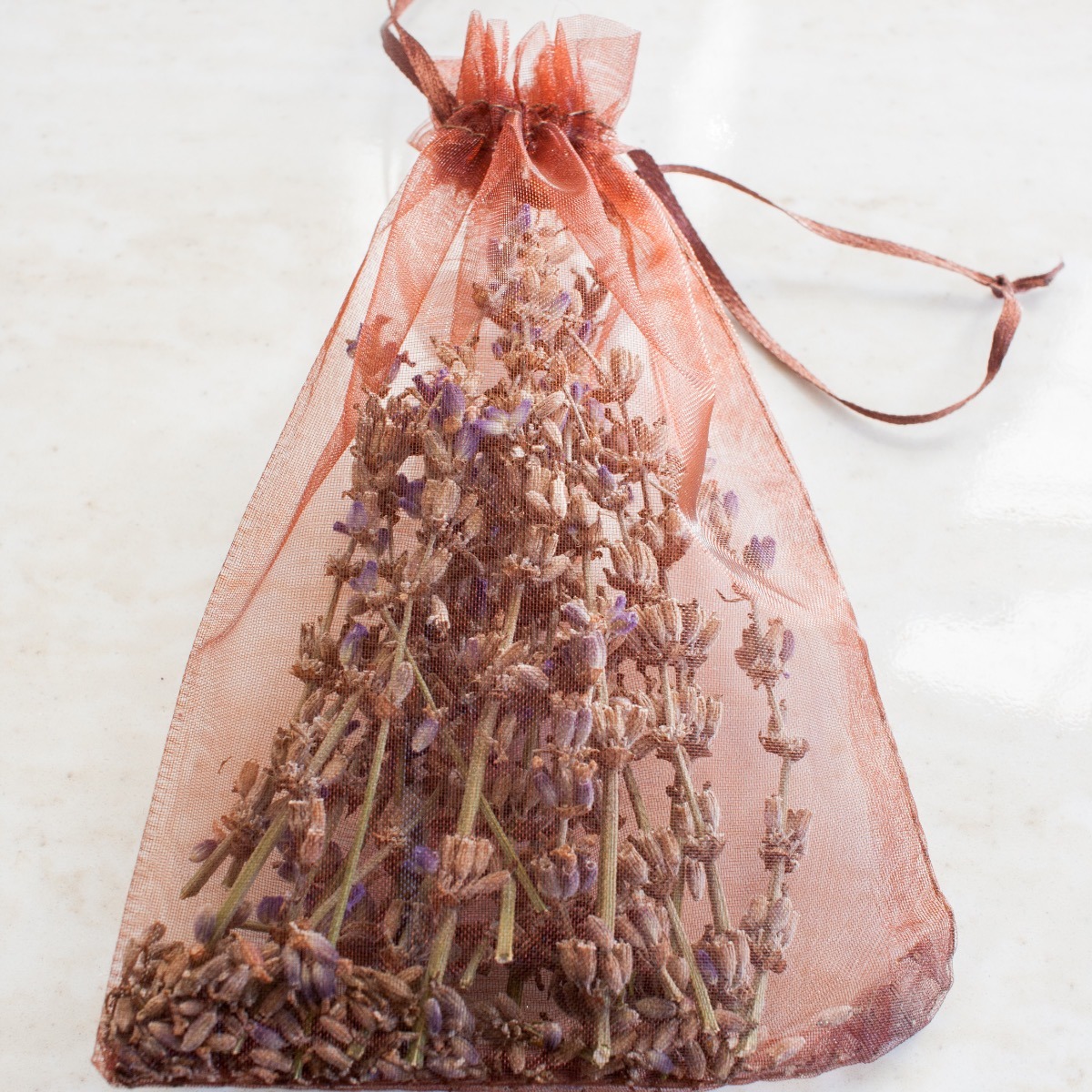
Sachet d’epics
A sachet d’épices (pronounced sah-shay day-pees) is a small bag or pouch containing a selection of herbs and spices tied together. The term is French and translates to “bag of spices” in English.
The sachet d’épices is used as a seasoning bundle to infuse flavors into soups, stocks, sauces, and other culinary preparations. It allows the convenient addition of aromatic elements to a dish without needing individual herbs and spices that would later need to be strained out.
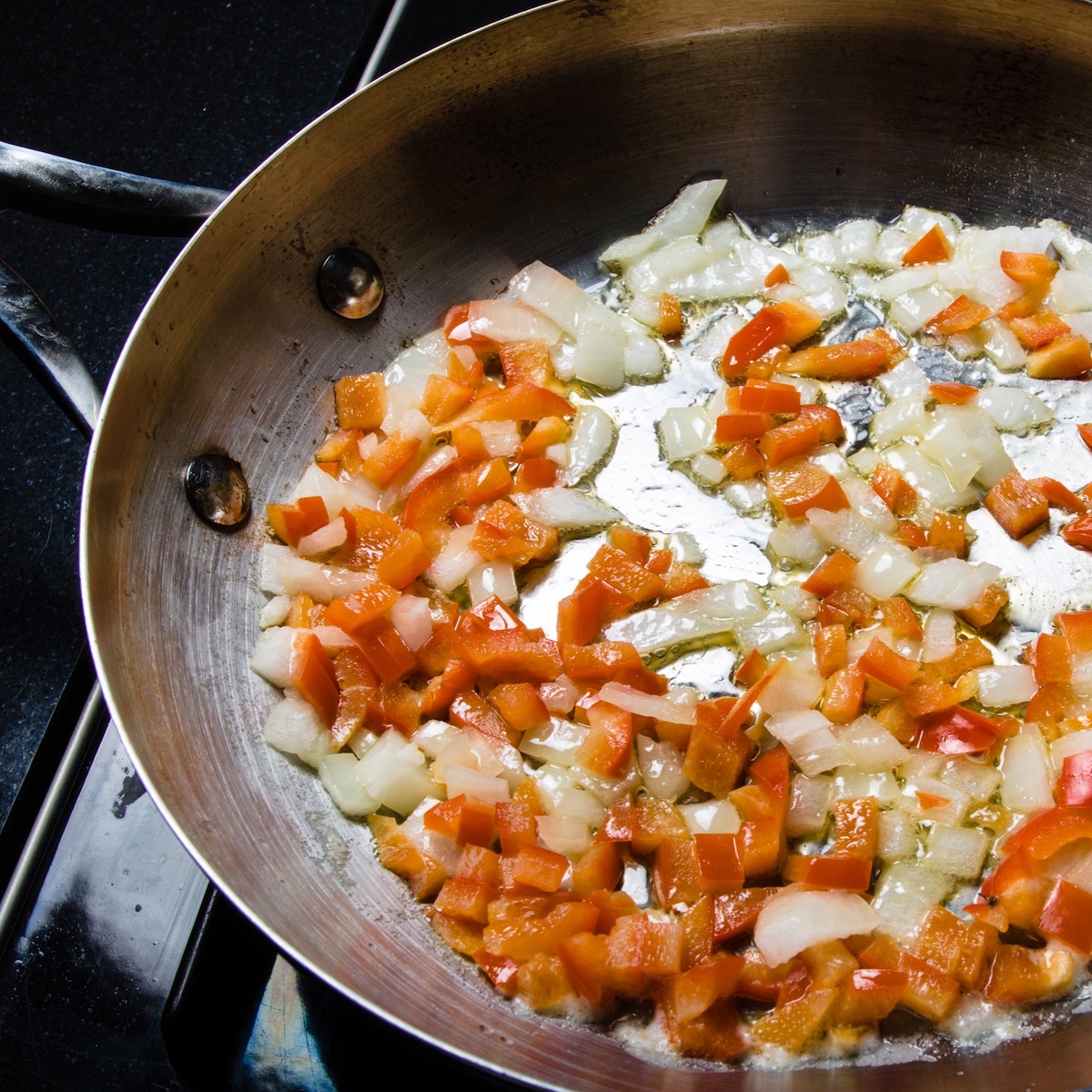
Saute
Sautéing cooks food quickly using high heat and a small amount of oil or fat. This method browns and sears ingredients while preserving their natural flavors and textures.
The high heat caramelizes the exterior, creating rich flavors. Meanwhile, the inside stays moist and tender. Sautéing works well for vegetables, meats, and seafood, making it an essential cooking technique.
This method is fast and efficient, perfect for busy kitchens and home cooks. Heat the pan and fat first, then add the food. Avoid overcrowding the pan, or the food won’t brown properly.
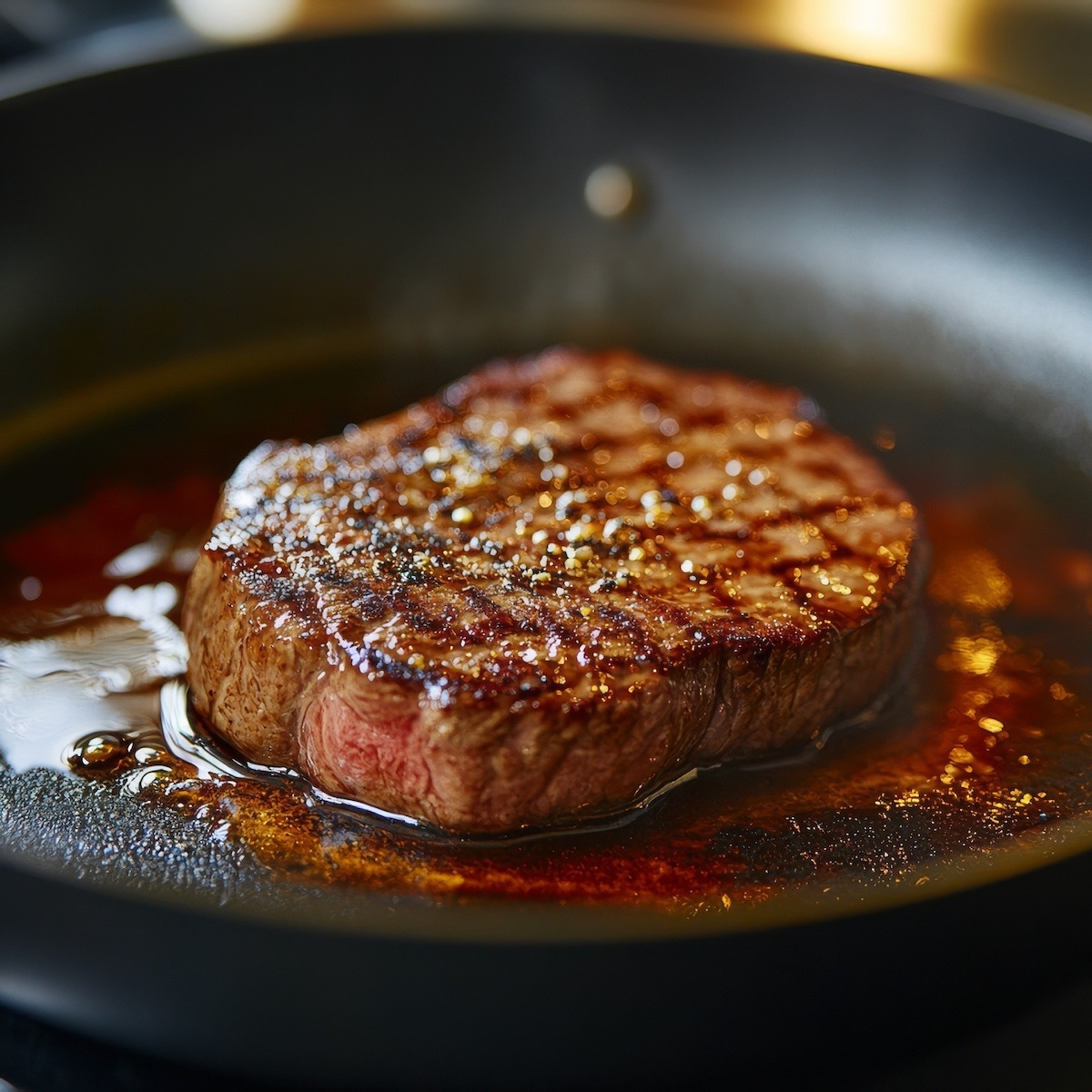
Sear
Browning or caramelizing food creates a flavorful crust using intense heat. You can achieve this through roasting, broiling, grilling, or sautéing. Regardless of the method, always preheat your oven, broiler, grill, or pan before adding the food. Here’s a breakdown of each technique:
Roasting:
Roasting works well for large cuts like whole chickens, turkeys, or beef roasts. Place the food in the oven and let it cook evenly. Some chefs start or finish with higher heat to enhance the sear. For smaller items like pork tenderloin or lamb racks, sear them in a sauté pan first, then finish in the oven.
Broiling:
Broiling exposes food to intense heat from above. This method suits thinner cuts like steaks, chicken pieces, chops, or some fish. Avoid thick items, as the surface may overcook before the center is done. Once one side sears, flip the food, sear the other side, and serve.
Grilling:
Grilling provides intense, direct heat for a perfect sear. It’s ideal for thinner cuts. Preheat the grill and oil the grates. Place the food on the grill and let it sear without moving. Flip, sear the other side, and serve.
Sautéing:
Sautéing uses direct heat and a small amount of fat. Heat the pan, add the fat, and let it heat up before adding food. Ensure the food sizzles on contact. Sear one side without moving, then flip to sear the other. For thicker items, finish in the oven to avoid burning.
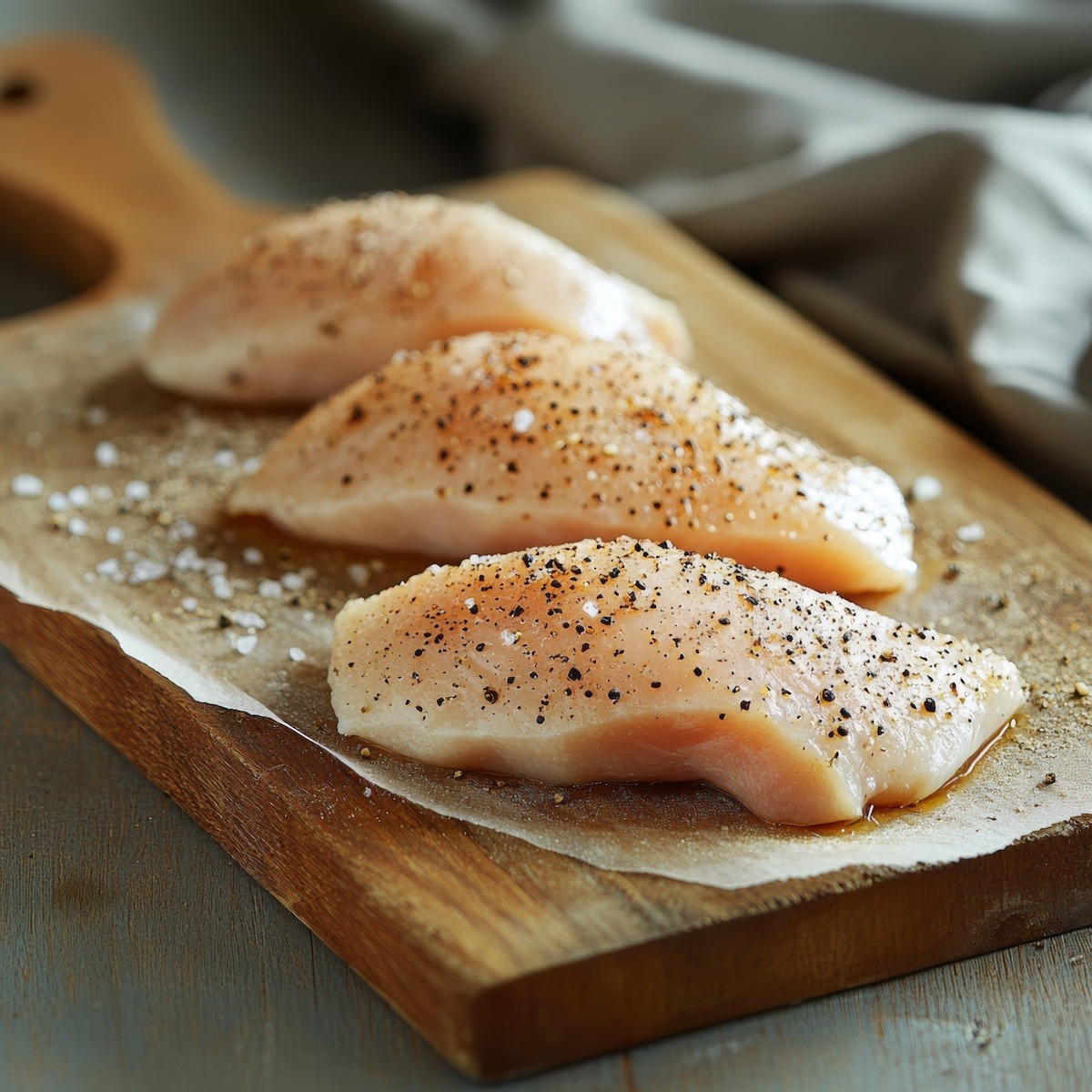
Season
Seasoning is a fundamental culinary technique that enhances food flavor by adding salt, herbs, spices, and other flavorings. Proper seasoning is essential for creating well-balanced and delicious dishes, as it can elevate ingredients’ natural flavors and create depth and complexity in taste.
Salt is one of the most common seasonings used in cooking. It enhances the natural flavors of food and helps balance and round out other flavors. However, seasoning is not limited to salt alone. Herbs and spices add layers of flavor, aroma, and complexity to dishes, allowing cooks to tailor the taste to their preferences and the cuisine they’re preparing.
The key to effective seasoning is achieving a harmonious balance of flavors. Too much seasoning can overpower the dish, while too little can leave it bland and uninspired. Seasoning should be done gradually and tasted to ensure the flavors are well-balanced and complementary.
Seasoning is a highly subjective aspect of cooking, influenced by personal taste, cultural traditions, and regional preferences. Experienced cooks develop a keen sense of seasoning, learning to trust their instincts and adjust seasoning levels to achieve the desired taste.
Mastering the art of seasoning is essential for anyone looking to become a proficient cook. It is the cornerstone of flavor development in cooking and is crucial in creating memorable dining experiences.
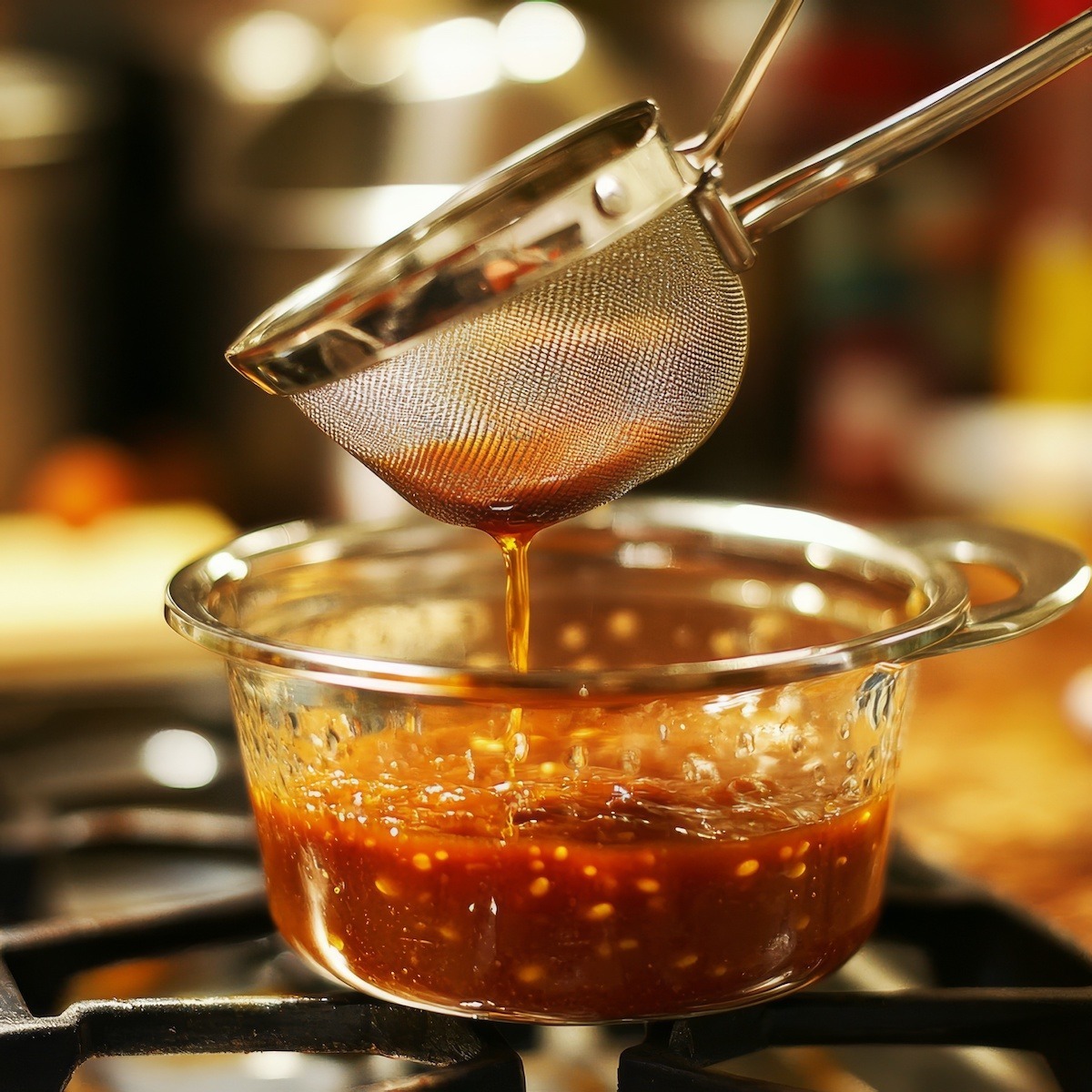
Straining
Straining is a culinary technique that separates solids from liquids by passing the mixture through a fine mesh sieve, cheesecloth, or other porous material. This process helps to achieve a smoother texture, remove unwanted impurities, and extract flavorful liquids from ingredients.
Straining is commonly employed in culinary preparations, including stocks, sauces, soups, custards, and beverages. When making stocks or broths, straining removes bones, vegetables, and other solids, leaving a clear and flavorful liquid behind. In sauces and soups, straining helps achieve a smooth and velvety texture by removing lumps or fibrous bits. Staining ensures a silky-smooth consistency for custards and desserts by removing egg solids or other impurities.
The choice of straining material depends on the desired result. A fine mesh sieve is suitable for removing small particles and achieving a relatively smooth texture. At the same time, cheesecloth or muslin is ideal for straining finer liquids or extracting juices without any solids.
Straining is a simple yet essential technique in the culinary world, contributing to the refinement and quality of dishes. Proper straining ensures that the final product is visually appealing, free from any undesirable textures or flavors, and showcases the pure essence of the ingredients used. Whether used in professional kitchens or home cooking, mastering the art of straining is crucial for achieving consistently excellent results in various culinary creations.
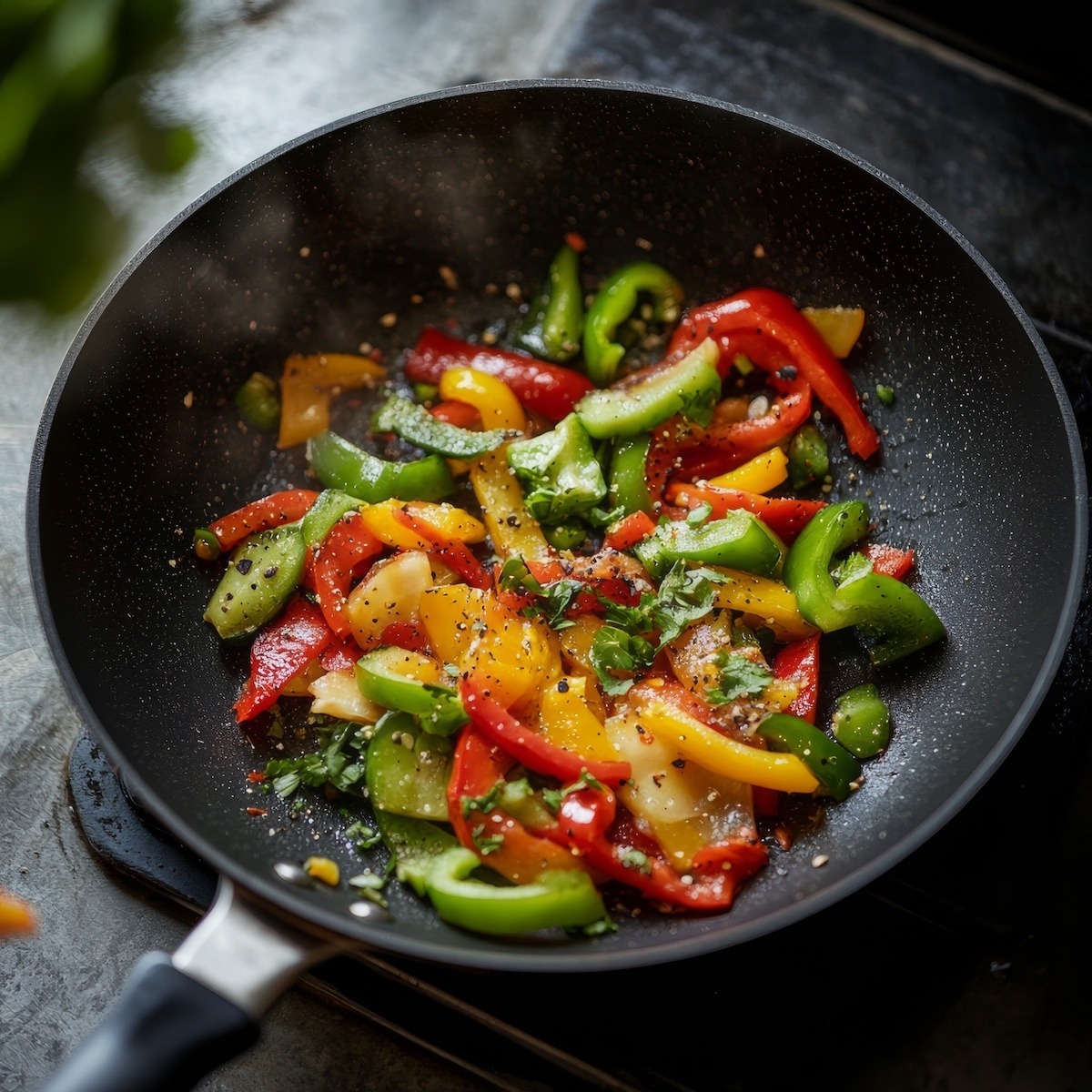
Sweat
Sweating softens vegetables and releases their natural juices without browning. This gentle technique uses low to medium heat and a small amount of fat, like oil or butter. As the vegetables cook, they become tender and translucent.
To sweat vegetables, dice or slice them evenly for consistent cooking. Add them to a preheated pan with melted fat. Stir occasionally to prevent sticking or browning. As they cook, the vegetables release moisture, intensifying their flavor.
Sweating builds flavor foundations in soups, stews, sauces, and braises. It also enhances dishes like risotto or pilaf by adding subtle, aromatic vegetable flavors.
This method retains natural sweetness while softening harsh or bitter notes. Sweated vegetables create a base for layering flavors, resulting in balanced and complex dishes. Master this technique to elevate your cooking with rich, nuanced flavors.
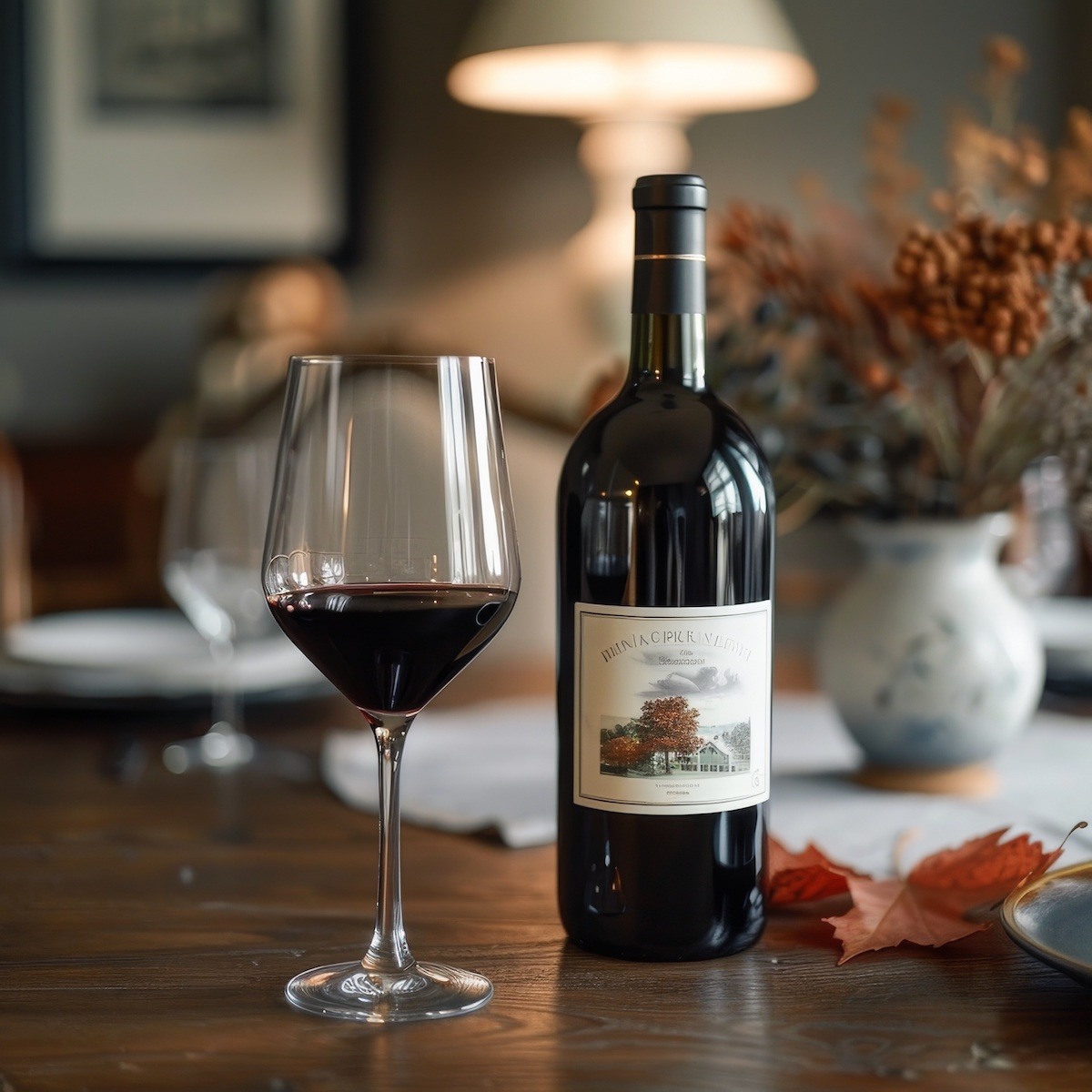
Wine for Cooking
As the adage states: If you wouldn’t drink it, don’t cook with it. Plenty of decent, inexpensive, everyday wines are more than suitable for cooking. Dry wine is most often utilized for cooking,, although some dessert recipes require a sweet wine.
Never use cooking wine. It is made from inferior wine and is often too salty.
Future Terms
There are dozens more terms related to sauces and how to make them. I’ll update this list as I encounter more of these terms, but please send me some of your favorites.

